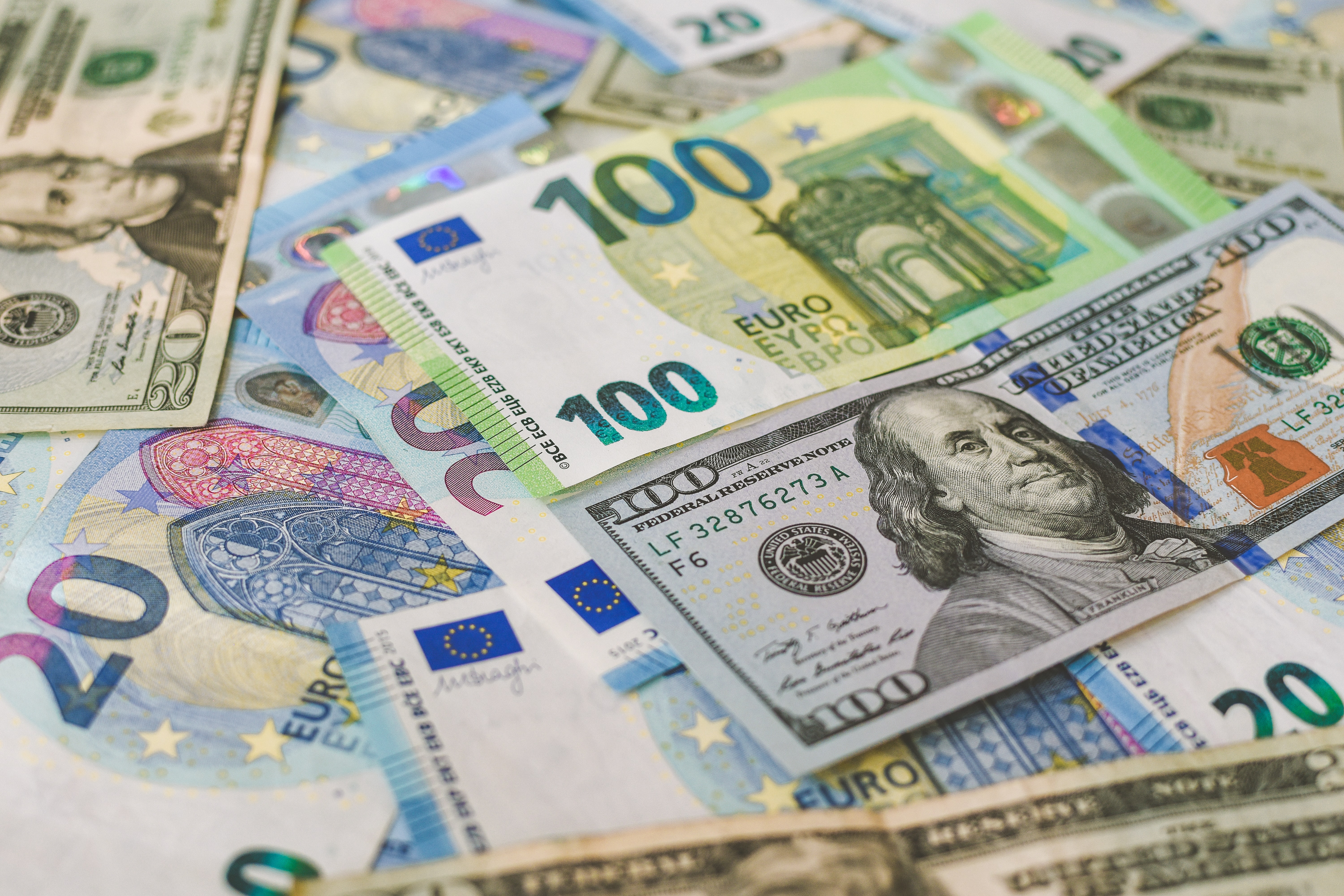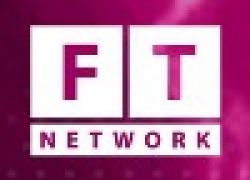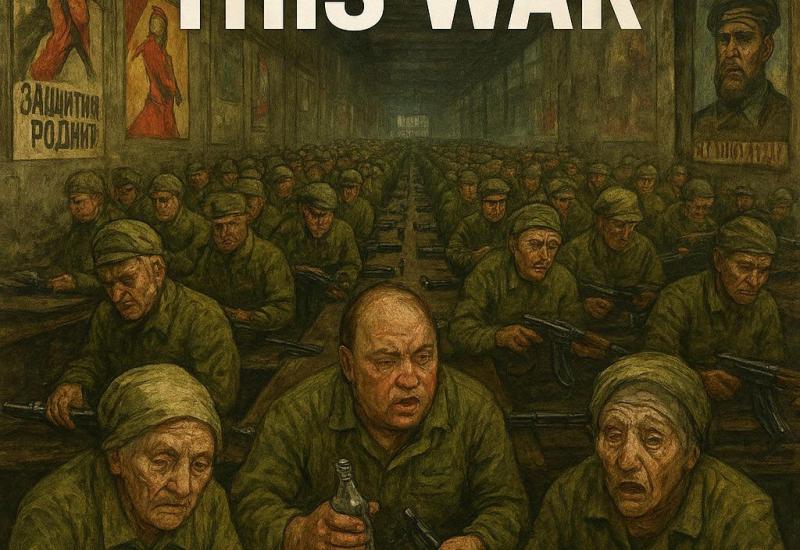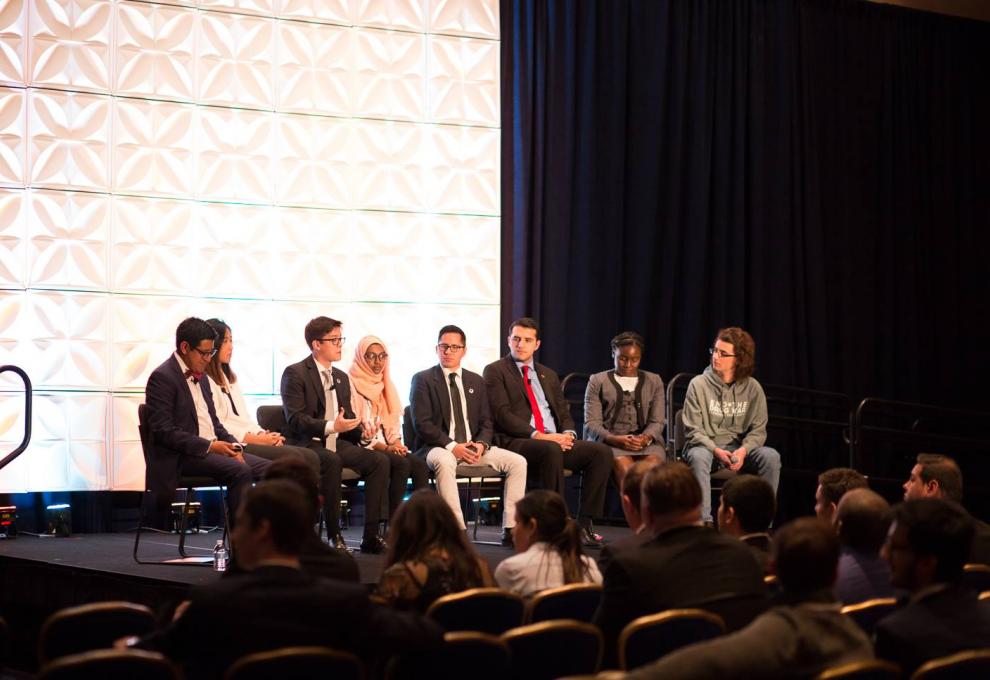U.S. Inflation Keeps Rising, What Now?
Annual inflation in the U.S. situates at 6.2 percent, the highest yearly rate in a generation. What should the Fed do now?
Dear readers,
Back in February, we at Freedom Today Network published a piece about President Biden's stimulus program.
In the article titled "Biden's Stimulus Program: Inflationary Risks," we alerted about the inflationary pressures that would derive from such a large program.
I based my argument on the magnitude of the stimulus program, stating that the program is roughly three times largest than the economic output lost due to the pandemic.
"If the pandemic had never occurred, the country's economy would be $900 billion larger today. Therefore, a stimulus program that seeks to compensate for this shock should be around a trillion dollars. In contrast, with President Biden's proposal, the stimulus would be three times greater than the external shock produced by the pandemic.
Therefore, Biden's economic stimulus would be counterproductive for the American economy; since the stimulus would not be focused on offsetting the effects of the virus, but on increasing the consumption possibilities of said economy well above the balance prior to the pandemic. The stimulus would end up "overheating" the American economy, increasing the inflation rate in that country."
At the time, the article got the feedback we expected. While conservatives and libertarians shared our concern, the left (broadly defined) labeled our ideas as "old-school" and “dogmatic.”
Now, a few months later, the reality is that our concern had its merits. In fact, I would not have anticipated such a quick and sharp increase in America's inflation rate.
According to a Wednesday report by the United States Bureau of Labor Statistics, the country's annual inflation rate rose to 6.2 percent in October.
This means that the United States is experiencing its biggest inflation rate since the early 1990s. In fact, if we look at the U.S. annual producer price inflation, its inflation rate is even larger, at a record 8.6 percent.
Just in September, overall prices increased by 0.9 percent, and producer prices by 0.6 percent.
Many people are blaming increases in energy prices as the main driver for the overall rise in prices. This is not just plain wrong; it is also the wrong way to look at inflation rates in general.
Without entering into the latter argument, if we exclude volatile items like food and energy, the so-called core annual inflation situates at 4.6 percent, also the highest since 1991. Just in October, core inflation was situated at 0.4 percent.
Moreover, if energy prices are high, it is partially because of this administration's own energy policy. For instance, just hours after Biden's inauguration, the president decided to stop the construction of the Keystone XL pipeline. Weeks later, Biden made even more promises to halt new oil and gas leasing on federal land. Currently, the administration is even considering closing the L5 pipeline that runs from Canada to Michigan.
I know Biden and so many leaders are concerned with climate change. Still, we should not ignore the obvious: energy becomes expensive if you start closing key pipelines.
Coming back to the overall issue of inflation, last week, Federal Reserve Chairman Jerome Powell recognized that inflation is here to stay for at least another semester.
"We should see inflation moving down in the second and third quarter of next year," Powell said.
This puts into question Powell's previous statement about the transitory nature of the United States inflation.
However, when asked about this, Powell has explained that the term "transitory" does not mean what people tend to think.
When Powell and other officials talk about transitory inflation, they do not refer to the slowing down of inflation in the near future (over the next month or so), but to the fact that today's prices levels will not become permanent.
When an economy is experiencing increasing inflation, central banks usually hike interest rates to stabilize the situation. However, with the labor market not yet fully recovered, the increase of interest rates seems unlikely.
So, what will the Federal Reserve do? We don't know yet. But if they don't act quickly, inflation will run out of control. This will hurt the middle class and lower class the most. They are the ones who will not afford the new prices. They are the ones that will pay for the irresponsibility of a few.
Jorge Jraissati is a Venezuelan economist and freedom advocate. He is the Director of Alumni Programs of Students For Liberty, an NGO advancing the ideas of a free society in over 100 countries. Beyond SFL, Jorge is a research consultant for IESE Business School, an economist from the Wilkes Honors College, and the President of Venezuelan Alliance, a policy group specialized in the Venezuelan humanitarian crisis. Jorge is a weekly columnist at Freedom Today Network.




















